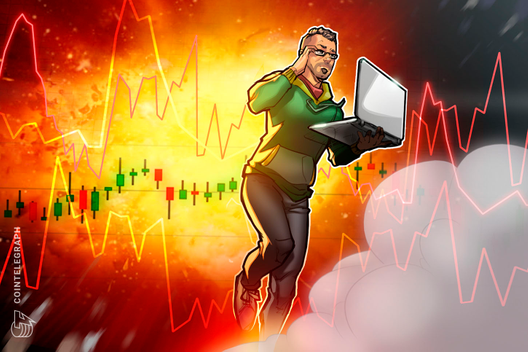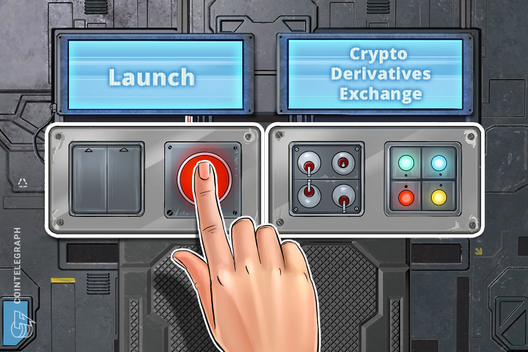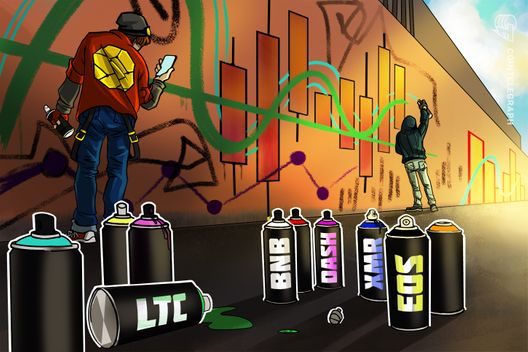Ethereum price hits 6-month high amid BlackRock spot ETF buzz, but where’s the retail demand?
Ether (ETH) experienced a surprising 8% rally on Nov. 9, breaking the $2,000 barrier and achieving its highest price level in six months. This surge, triggered by news of BlackRock registering the iShares Ethereum Trust in Delaware, resulted in $48 million worth of liquidations in ETH short futures. The initial announcement was made by @SummersThings on a social network, later confirmed by Bloomberg ETF analysts.
The iShares Ethereum Trust has just been registered in Delaware.
For context, BlackRock’s iShares Bitcoin Trust was registered in a similar manner 7 days before they filed the ETF application with the SEC. Details below.
[announcement: I’m moving to @SynopticCom soon] pic.twitter.com/IYafIaxMzA— Summers (@SummersThings) November 9, 2023
The news fueled optimistic expectations regarding a potential Ether spot ETF filing by BlackRock, a $9 trillion asset manager. This speculation follows BlackRock’s iShares Bitcoin Trust registry in Delaware in June 2023, a week prior to their initial spot Bitcoin ETF application. However, with no official statement from BlackRock, investors may have jumped the gun, though the sheer influence of the asset manager in traditional finance leaves those betting against Ether’s success in a precarious position.
Professional traders placed bullish ETH bets using derivatives
To understand how professional traders are positioned after the surprise rally, one should analyze the ETH derivatives metrics. Normally, Ether monthly futures trade at a 5%–10% annualized premium compared to spot markets, indicating that sellers demand additional money to postpone settlement.

The Ether futures premium, jumping to 9.5% on Nov. 9, marked the highest level in over a year and broke above the 5% neutral threshold on Oct. 31. This shift ended a two-month bearish period and low demand for leveraged long positions.
To assess whether the break above $2,000 has led to excessive optimism, traders should examine the Ether options markets. When traders anticipate a drop in Bitcoin’s price, the delta 25% skew tends to rise above 7%, while periods of excitement typically see it dip below negative 7%.

The Ether options 25% delta skew shifted from neutral to bullish on Oct. 31, and the current -13% skew is the lowest in over 12 months, but far from being overly optimistic. Such a healthy level has been the norm for the past 9 days, meaning Ether investors were anticipating the bullish momentum.
There’s little doubt that Ether bulls got the upper hand regardless of the spot ETF narrative as ETH rallied 24% before the BlackRock news, between Oct. 18 and Nov. 8. This price action reflects a higher demand for Ethereum network, as reflected by the top decentralized applications (DApps) 30-day volumes.

Still, when analyzing the broader cryptocurrency market structure, especially the retail indicators, there’s some inconsistency with the surging optimism and demand for leverage using Ether derivatives.
Related: Bitcoin ETF launch could be delayed more than a month after SEC approval
Retail indicators point to dormant demand for ETH and cryptocurrencies
For starters, the Google searches for “Buy Ethereum”, “Buy ETH” and “Buy Bitcoin” have been stagnant for the past week.

One might argue that retail traders typically lag the bull runs, usually entering the cycle a couple of days or weeks after major price marks and 6-month high have been hit. However, there has been a declining demand for cryptocurrencies, when using stablecoins premium as a gauge for Chinese crypto retail trader activity.
The stablecoin premium measures the difference between China-based peer-to-peer USD Tether (USDT) trades and the United States dollar. Excessive buying demand tends to pressure the indicator above fair value at 100%, and during bearish markets, Tether’s market offer is flooded, causing a 2% or higher discount.

Currently, the Tether premium on OKX stands at 100.9%, indicating a balanced demand from retail investors. Such a level contrasts with the 102% from Oct. 13, for instance, before the crypto total market capitalization jumped 30.6% until Nov. 9. That goes on to show that Chinese investors are yet to present an excessive demand for fiat-to-crypto conversion using stablecoins.
In essence, Ether’s rally above $2,000 seems to have been driven by derivatives markets and the expectation of a spot ETF approval. The lack of retail demand is not necessarily an indicator of impending correction. However, the hype around BlackRock’s Ethereum Trust registry, coupled with excessive leverage longs in ETH derivatives, raises concerns, putting the $2,000 support level to the test.
This article is for general information purposes and is not intended to be and should not be taken as legal or investment advice. The views, thoughts, and opinions expressed here are the author’s alone and do not necessarily reflect or represent the views and opinions of Cointelegraph.









